Conch piercing: Types, Pain Level, Healing, And Cost
Looking edgy with a touch of daring has never been easier thanks to this bold piercing.
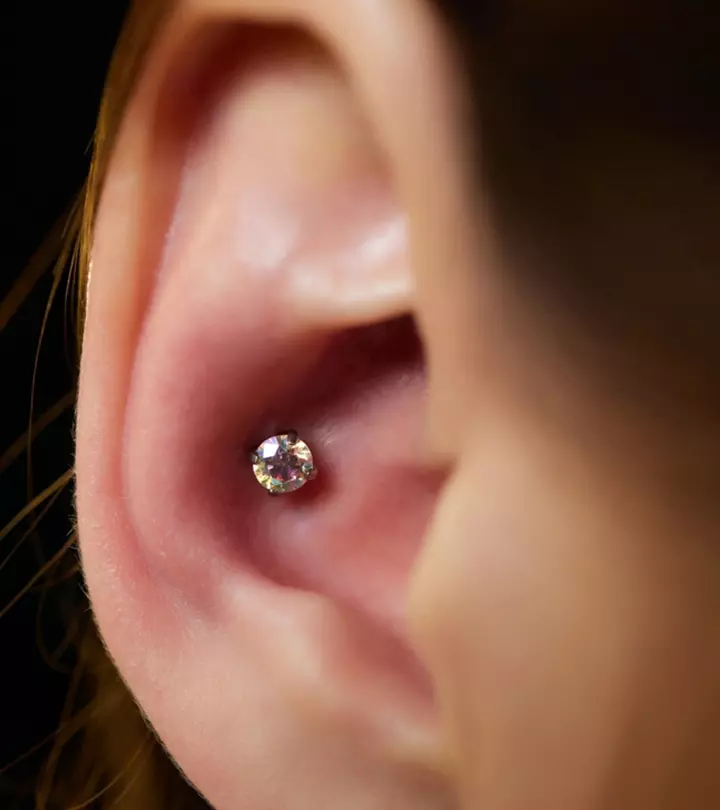
Image: Shutterstock
Ear piercings are a unique way to express one’s style and personality. While they come in many types, the one gaining recent popularity, and rightly so, is the conch piercing. It is a modern trend in body art that involves piercing the ear’s cartilage at the center. Named after the conch seashell, this piercing has daring appeal. So, if you think this style resonates with your aesthetics, it’s better to learn more about it before jumping right in. This article covers everything you need to know about conch piercings, from their pain level and benefits to the healing process and aftercare procedures. So what are you waiting for? Dive in!
 Piercing Guide: Conch Piercing
Piercing Guide: Conch Piercing- Placement: Central cartilage of the ear
- Best Jewelry: Hoops, studs, cuffs, orbitals, shields, dangles
- Cost: $40 to $100
- Pain Level: Medium
- Healing Time: 6 to 12 months
In This Article
What Is A Conch Piercing?
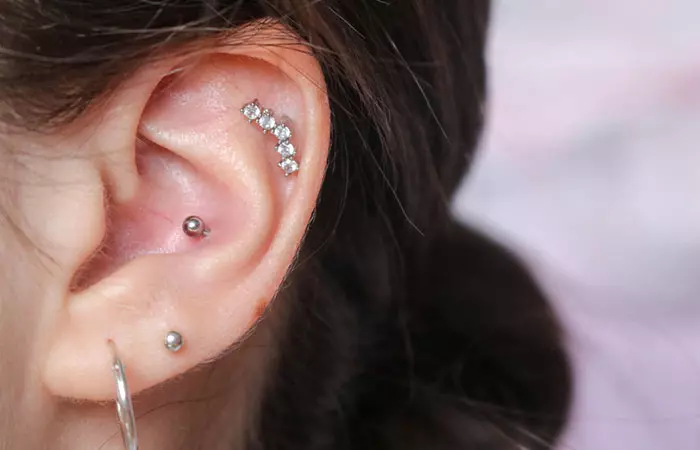
A conch piercing involves the insertion of jewelry into the central cartilagei The primary, centrally located firm tissue in the ear, crucial for structural support and often pierced for various ear modifications. of the ear. This unique piercing trend has gained considerable popularity for its positioning and aesthetic preferences. It is adorned with refined studs or chic hoops that introduce an element of sophistication to the ear’s interior shell. Beyond its visual appeal, conch piercings offer versatility, allowing you to flaunt diverse jewelry styles to complement individual tastes.
Although this unique piercing technique lets you showcase your daring style, many say that its pain level is quite high. Check out the section below to know how painful this piercing is.
Key Takeaways
- Conch piercings present a stylish and modern trend in body art, named after the conch seashell for its unique placement and aesthetic appeal.
- Considering different types of conch piercings, such as the forward helix conch, outer, and orbital piercings adds a modern and dynamic touch to your ear adornment.
- Prioritizing professional piercers and understanding the associated risks ensures a safe and satisfying conch piercing experience, promoting both style and well-being.
Conch Piercing Pain Level
Conch piercing pain levels can vary from person to person, but is generally considered moderate.
- The conch, being the thick cartilage of the ear, tends to elicit a sharper sensation compared to softer tissue piercings.
- The initial piercing itself may cause a brief, intense pinch, rated around 5 to 7 on a pain scale of 1 to 10. However, this discomfort typically subsides quickly after the procedure.
- Post-piercing soreness, swelling, and tenderness are common during the initial healing period that last anywhere between several weeks to months.
- Following a proper aftercare regimen and choosing a skilled piercer can help manage the discomfort.
Did you know that there are many types of conch piercings? The pain intensity of this special body piercing technique may also depend on these many types. Check out the next section to know more.
Types Of Conch Piercings
1. Inner Conch Piercing
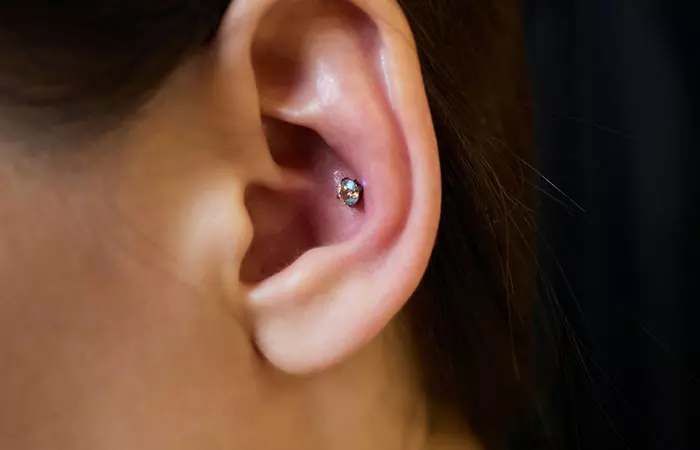
Located in the central cartilage of the ear, this piercing is positioned on the concave side, creating a sleek and minimalist look. It is generally considered to have a moderate pain level due to its proximity to nerve endings.
2. Outer Conch Piercing
View this post on Instagram
Placed on the convex side of the ear’s cartilage, the outer conch piercing offers a distinctive placement that complements the inner conch, providing a balanced aesthetic. The pain level of this piercing can vary depending on individual thresholds, but it is typically described as moderate.
3. Double Conch Piercing
View this post on Instagram
Involving two separate piercings in either the inner or outer conch (or both), the double conch piercing adds a symmetrical or asymmetrical flair, depending on personal preference. As the piercing is dual, the pain levels range from moderate to severe.
4. Conch Orbital Piercing
View this post on Instagram
Combining the inner and outer conch piercings with a single piece of jewelry, the conch orbital piercing creates a captivating orbit-like effect around the ear’s cartilage. The pain level is considered moderate to high due to the complexity of the procedure.
5. Conch Stud Piercing
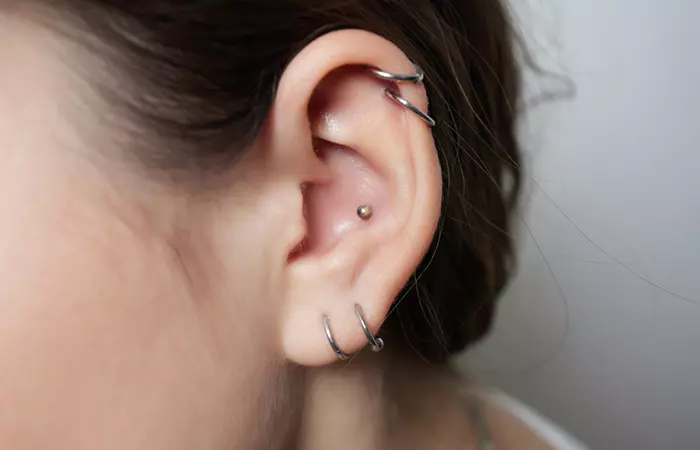
Utilizing a variety of stud jewelry, this style involves a single piercing in either the inner or outer conch, offering a versatile and understated look. Its pain level is typically moderate and manageable.
All of these piercing types are not just for show. They also offer some health benefits. Scroll down to learn about them
Conch Piercing Benefits
Although people opt for conch piercings for their aesthetic appeal, they are also believed to help relieve pain and anxiety. Let’s take a look at some of their purported benefits:
- May Help Relieve Migraine
Ear acupuncture is commonly practiced in Chinese traditional medicine for treating migraine and its symptoms. It is believed that stimulating specific points on the ear may influence energy flow in the body, leading to pain relief (1), (2). Therefore, conch piercing may also have similar effects. However, further research is warranted to validate the link between conch piercing and migraine relief.
- May Help Relieve Anxiety
Ear acupuncture may induce therapeutic reflexes, which may help treat anxiety and related disorders (3). According to a study involving adult volunteers, stimulating the sham point, which is close to the conch area in the ear, was found to decrease anxiety levels and promote relaxation (4). Therefore, getting a conch piercing may also help reduce anxiety symptoms to some extent and improve wellness.
- May Help Boost Self-Esteem
Many individuals find psychological benefits in body modifications like conch piercings. Expressing oneself through body art can boost self-esteem, confidence, and a sense of personal empowerment.
- Adds To Personal Style
Conch piercings, with their unique style and diverse jewelry options, are a popular trend in body art. By choosing them, you become part of a community that values individuality and personal style.
It is essential to note that the relationship between auricular acupuncture and its benefits still lacks substantial evidence and is subject to further research. Most of the claims of conch piercings and their benefits are based on anecdotal evidence and research individual experiences may vary. Therefore, if you are planning to get a conch piercing other than aesthetic purposes, it’s best to consult a doctor and a professional piercer first before getting one.
Conch piercings are done at the center of the ear and the cartilage takes quite a long time to heal. So, if you are wondering how long you should wait for the skin to heal, check out the section below to learn more.
Conch Piercing Healing Time
- Initial Healing (0-4 Weeks):
Swelling and tenderness are common during the first few days. Clean the piercing with a saline solution to reduce the chance of an infection.
- Early Healing (1-2 Months):
The swelling starts to decrease, but some soreness may persist. Continue regular cleaning and avoid sleeping on the pierced ear.
- Intermediate Healing (3-6 Months):
Majority of the swelling and soreness subsides. The cleaning frequency can be reduced, but maintaining good hygiene is crucial.
- Full Healing (6 – 12 Months):
The piercing is considered fully healed. By this stage, you can confidently change your ear jewelry if desired. However, consistent cleaning and proper care are advisable.
Since we have mentioned regular cleaning, you must be curious about the conch piercing aftercare process. Read through the next section to learn about the aftercare tips you should follow to accelerate the healing process.
Conch Piercing Aftercare Tips
It’s best to stick to the aftercare instructions suggested by your piercer to ensure the pierced area heals properly. You may also follow these steps (5):
- Wash your hands with a mild, antibacterial soap. Then cleanse your ears with a saline solution twice a day.
- Diligently apply any prescribed ointment as recommended by the piercer or doctor.
- Refrain from touching the conch piercing to reduce the risk of introducing bacteria to the area or causing irritation.
- Choose high-quality, hypoallergenic jewelry to promote healing and reduce the likelihood of allergic reactions or metal allergy.
- To alleviate pressure and potential irritation, avoid sleeping on the side with the conch piercing during the healing process.
- Refrain from swimming in pools or hot tubs as chlorine and bacteria may hinder the healing process and increase infection risk.
- Opt for hairstyles that do not catch or pull on the jewelry, minimizing potential discomfort and promoting a smooth healing process.
- Keep hair sprays and other hair products away from the piercing to prevent irritation and ensure cleanliness.
- Keep an eye out for signs of infection, including increased redness, swelling, or unusual discharge, and seek professional advice if needed.
- Adhere to the aftercare instructions provided by your piercer for optimal healing and to address any concerns during the recovery period.
A blogger got a conch piercing and shared her experience in a blog post. She writes, “I liked that conch piercings were a little unusual. I desired a piercing in the middle of my ear, since I have a cartilage piercing on my other ear (shown below). I wished for three piercings on each side, but I wanted each side to look different. I am glad that I got a conch piercing. I really like the way it looks (i)”.
 Pro Tip
Pro TipCleaning the piercing site properly is crucial to avoid infection, especially during the first few weeks. Take a look at the next section to understand the steps you have to follow.
How To Clean A Conch Piercing
Here is how to clean the ear piercing:
- Use a saline solution or a homemade sea salt solution twice a day, preferably after showering when the pores are open, to clean the piercing.
- Gently soak a sterile cotton ball or swab in the solution and carefully clean around the piercing, removing any crust or debris.
- Avoid rotating the jewelry excessively and ensure your hands are clean before touching the piercing.
- Avoid using alcohol, hydrogen peroxide, or harsh cleansers, as these can irritate the piercing.
- Follow a consistent and gentle cleaning routine to promote proper healing and prevent an infection.
After complete healing with a good cleaning and proper aftercare, you can choose from a wide variety of jewelry if you want to change your conch piercing. This section is also important before the procedure when you first pick the jewelry for your piercing. Check out the information below to know what are your available options.
Conch Piercing Jewelry
There are various materials to take into consideration while selecting jewelry for a conch piercing, and each has distinctive characteristics (6):
- Stainless Steel: Stainless steel is known for its strength and durability. When compared to other materials, it is often more reasonably priced.
- Titanium: Due to its hypoallergenic properties, titanium is a great material option for anyone with sensitive skin or metal allergies. It is lightweight and more comfortable for long-term wear. Also, it has a high level of resistance to tarnish and corrosion.
- Gold: There are several tones of gold, such as rose gold, white, and yellow. Many people can wear pure gold because it is typically hypoallergenic.
Avoid using any low-quality jewelry materials, such as nickel, as they can lead to allergic reactions.
Jewelry Types
- Conch Hoop
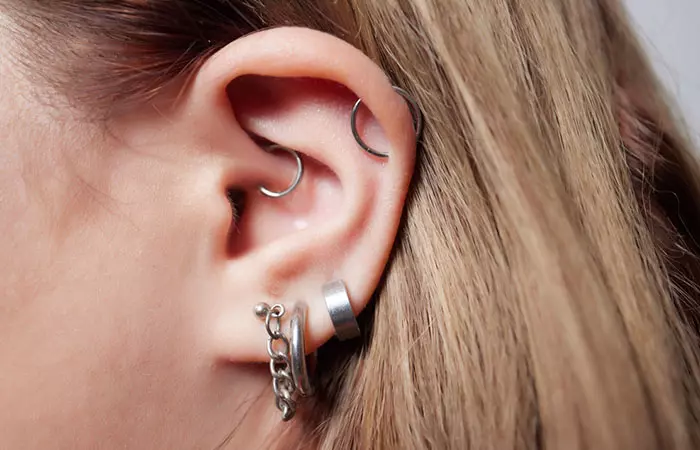
In conch piercing hoop a pretty round ring goes around your conch, giving you a timeless and classic look.
- Conch Stud Piercing
View this post on Instagram
A small and simple piece of jewelry that adds a touch of class to your conch.
- Conch Cuffs
View this post on Instagram
These delicate cuffs are placed on the outer part of your conch, making you look trendy and modern.
- Conch Orbital Piercing
View this post on Instagram
Two holes are connected by one piece of jewelry, creating a cool orbit effect in the conch.
- Conch Shield Earrings
View this post on Instagram
Fancy pieces that cover part of the conch, giving it a bold and detailed touch.
- Conch Dangle Earrings
View this post on Instagram
Earrings that hang down and move a bit, adding a fun vibe to your conch.
 Pro Tip
Pro TipAlthough there are many versatile options that can give you a trendy look, you must also consider a few risks that are associated with conch piercing. Check out the section below to know what these risks are.
Risks Of Conch Piercings
Ear piercing has become a popular form of self-expression, finding its place in the realms of art, expression, and aesthetics. Conch piercing is gaining more popularity among the various styles under Cartilage piercing for its bold and edgy appeal, making it a top choice for those seeking a unique look. However, it has its share of risks as it is an open wound and is susceptible to infection. Here are the risks to be aware of (7), (8):
- Conch Piercing Infection: There is a high risk of a piercing infection if careful aftercare directions and hygiene practices are not maintained during the healing period.
- Conch Piercing Bump: Formation of bumps, indicative of irritation or infection, may occur but can be minimized with proper aftercare tips.
- Conch Keloid: In some individuals, there is a risk of keloidi Aggressive scar tissue growth beyond the wound, often raised and larger than the original injury, causing cosmetic and functional concerns. formation, an overgrowth of scar tissue.
- Conch Piercing Rejection: There is a risk of the body rejecting the piercing or foreign object, which leads to migration, especially if the jewelry is not well-suited or if there are complications during the healing process.
- Conch Allergy: Allergic reactions to certain metals in the jewelry can occur, causing irritation or inflammationi A Body's protective response to injury or infection, involving redness, swelling, pain, and heat in the affected area. .
Keeping a note of risks along with cost before scheduling your piercing sessions helps you make an informed decision. Check out the section below to learn about the cost of Conch piercing.
How Much Does A Conch Piercing Cost?
The cost of a conch piercing is dependent on factors like the location and the reputation of the piercing studio. Typically, the piercing may range from $40 to $100, while additional expenses, including initial jewelry, can start at $20. Prices may fluctuate, depending on the consultation with the selected studio for precise details. It is important to prioritize hygiene and professionalism when making a choice, as a safe and satisfactory conch piercing experience is dependent on the standards maintained by the piercing parlor. Hence thorough research is needed before making a decision to minimize the risk of any unwanted outcomes like infection or allergies.
Knowing the price of a conch piercing helps plan your budget while learning when to change it ensures a smooth transition to personalizing your look with different jewelry options. Check out the section below to know more.
When Can I Change My Conch Piercing?
The timeline for changing your conch piercing jewelry varies slightly but typically falls within the range of 6 to 12 months. This period allows for complete healing, which minimizes the risk of complications. It’s also crucial to observe your piercing for signs of complete healing, such as reduced soreness and inflammation, before attempting any changes. Consulting with your piercer is advisable to ensure the optimal time for switching jewelry, promoting a smooth transition, and maintaining the health of your conch piercing.
Conch piercing is a stylish and unique piercing technique that involves the placement of jewelry in the central cartilage of the ear. It offers a trendy vibe and there are different types of jewelry and piercing types you can choose from. Since it’s done on the cartilage, the piercing may take a year to heal properly. During this period, following good aftercare practices and cleaning the piercing regularly is important. This helps accelerate the healing process and reduces the risk of complications such as infection, scarring, etc. Always consult your piercing professional and follow their instructions to reduce the likelihood of complications. We hope this article will help you make an informed decision.
Frequently Asked Questions
Can you start with a ring for a conch piercing?
Yes, starting with a ring for a conch piercing is possible, but a stud is often recommended initially for better healing.
Can you wear earbuds with a conch piercing?
It’s advisable to avoid earbuds during the initial healing period to prevent irritation; opt for over-ear headphones instead.
How long until I can sleep on my conch piercing?
It may take 6-12 months before comfortably sleeping on the conch piercing; adjust based on individual healing progress.
What does the conch piercing symbolize?
Conch piercings may symbolize individuality, courage, or personal expression, varying based on the wearer’s interpretation.
When can I stop cleaning my conch piercing?
Continue cleaning until fully healed (6-12 months); consult with your piercer before discontinuing cleaning practices.
Do conch piercings bleed a lot?
Minimal bleeding is normal during the piercing process, but excessive bleeding should be addressed with your piercer.
How to remove conch piercing with a flat back?
Consult your piercer for proper guidance on safely removing conch jewelry with a flat back to avoid complications.
What size gauge is used for conch piercing?
Conch piercings are typically done with a 16 or 18-gauge needle, with the 16-gauge being more common for initial piercings. As healing progresses, individuals may choose to switch to smaller or larger jewelry based on personal preference.
There are various types of ear piercing, and Conch piercing is one of the most sought-after options on that list. It offers a classy style and helps one achieve a stylish look. However, knowing how to get it perfectly, about the placement, and about the pain level, is extremely important for a hassle-free piercing experience. Scott Wilkinson, a YouTuber, shares these details in a video. Click the video below to learn more.
Conch piercing offers a unique style and gives one a stylish look. However, knowing how to get it perfectly, about the placement and pain level is extremely important for a hassle-free piercing experience. Scott Wilkinson, a YouTuber shares these details in a video. Click the video below to know more.
Personal Experience: Source
StyleCraze's articles are interwoven with authentic personal narratives that provide depth and resonance to our content. Below are the sources of the personal accounts referenced in this article.
(i) My Experience Getting a CONCH Piercinghttps://medium.com/@geneva.delp/my-experience-getting-a-conch-piercing-62ed34678fd6
References
Articles on StyleCraze are backed by verified information from peer-reviewed and academic research papers, reputed organizations, research institutions, and medical associations to ensure accuracy and relevance. Read our editorial policy to learn more.
- Auricular acupuncture for migraine
https://www.ncbi.nlm.nih.gov/pmc/articles/PMC7004684/ - Understandings of acupuncture application and mechanisms
https://www.ncbi.nlm.nih.gov/pmc/articles/PMC8991130/ - Ear Acupuncture in European Traditional Medicine
https://www.ncbi.nlm.nih.gov/pmc/articles/PMC2206232/ - Auricular Acupuncture: A Potential Treatment for Anxiety
https://journals.lww.com/anesthesia-analgesia/fulltext/2001/02000/auricular_acupuncture__a_potential_treatment_for.49.asalthy%20volunteers - Suggested Aftercare For Body Piercings
https://safepiercing.org/aftercare/ - Jewelry For Initial Piercings
https://safepiercing.org/jewelry-for-initial-piercings/ - Complications of Body Piercing
https://www.aafp.org/pubs/afp/issues/2005/1115/p2029.html - Complications and Hazards Associated with Body Piercing: A Narrative Review
https://pubmed.ncbi.nlm.nih.gov/37916624/
Read full bio of Rodrigo Casco
Read full bio of Sangita Goel
Read full bio of Anjali Sayee
Read full bio of Shreya Mukherjee






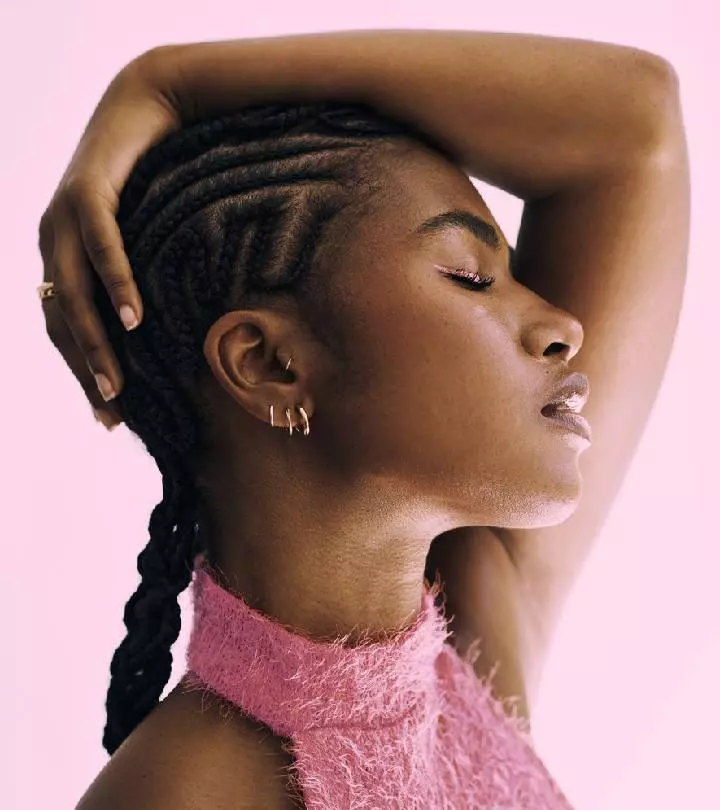
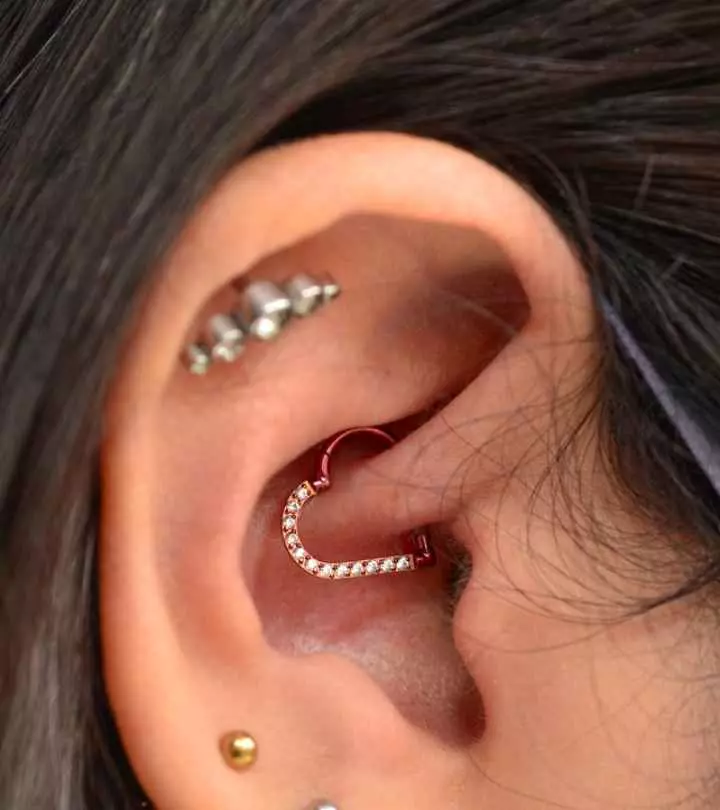
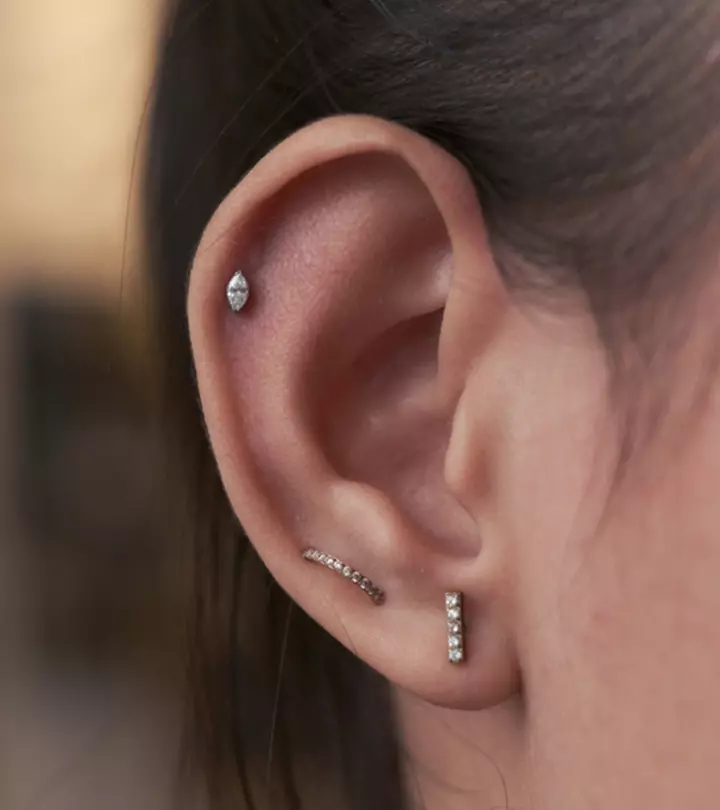
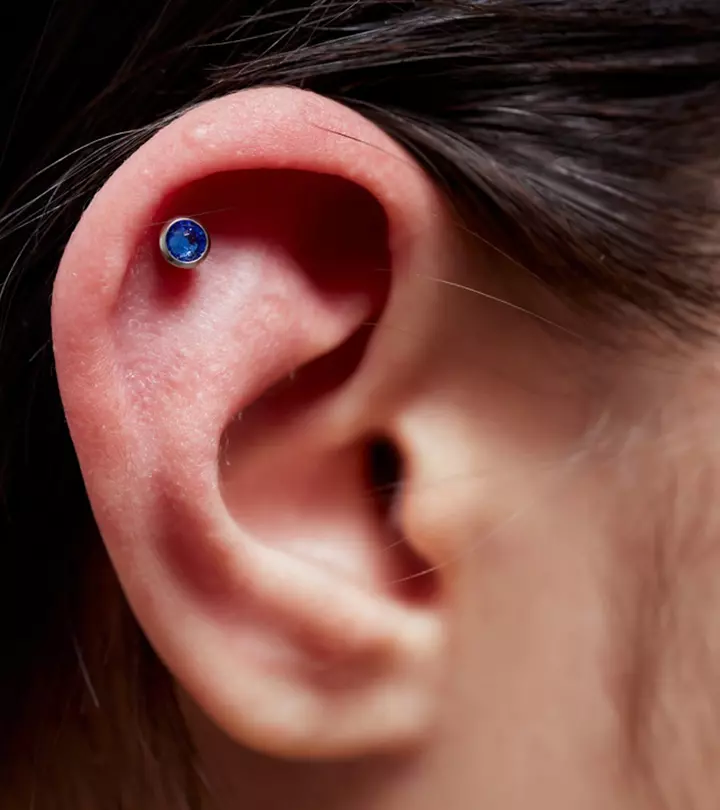
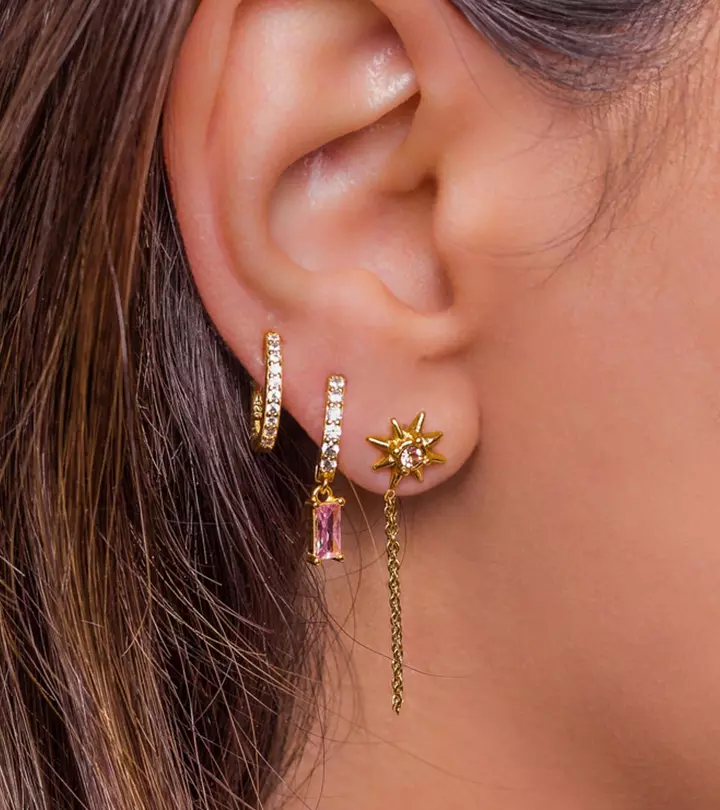
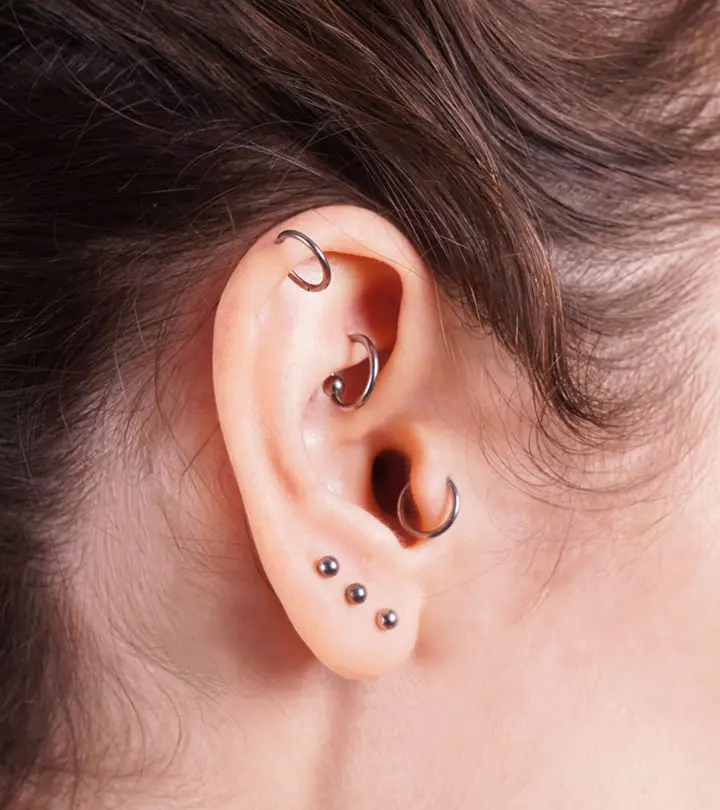


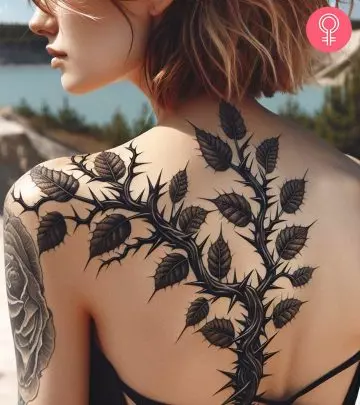

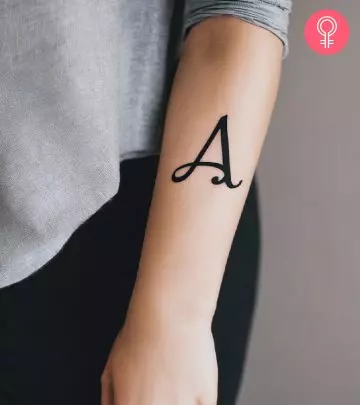
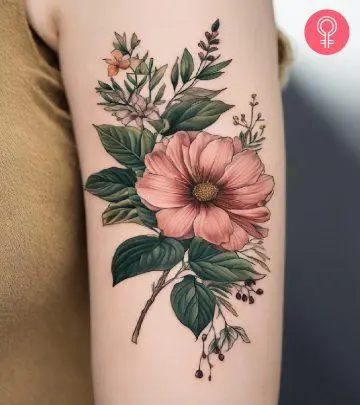
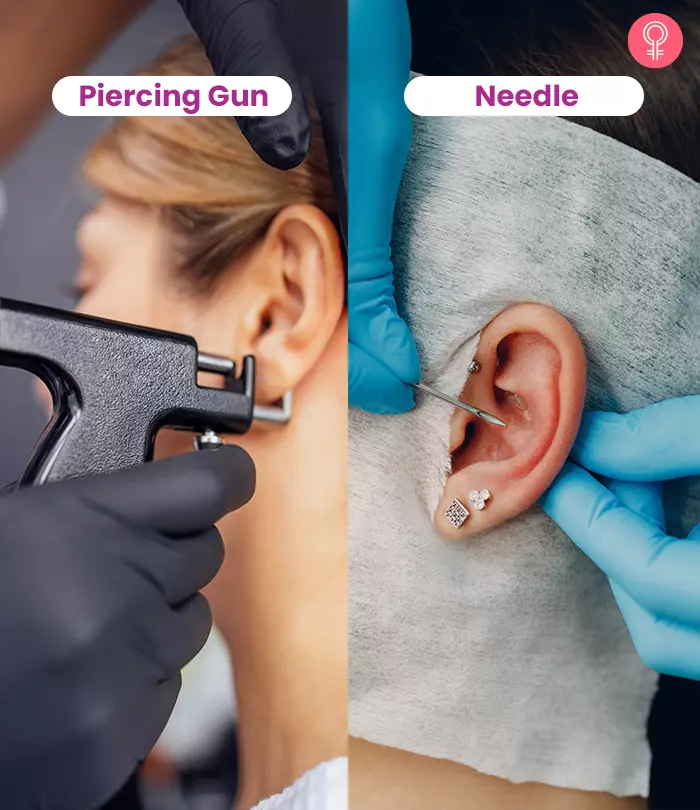

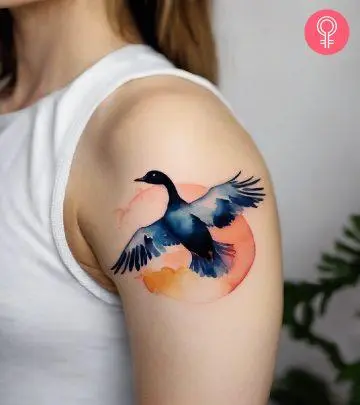

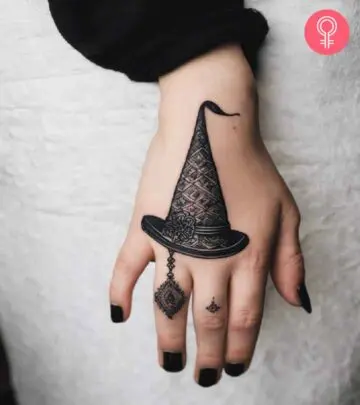
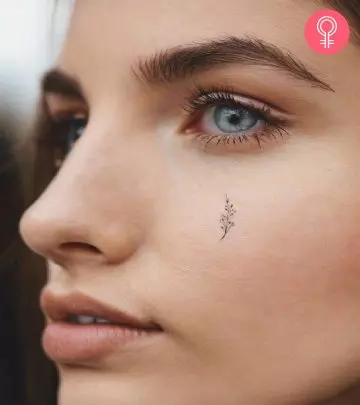


Community Experiences
Join the conversation and become a part of our empowering community! Share your stories, experiences, and insights to connect with other beauty, lifestyle, and health enthusiasts.